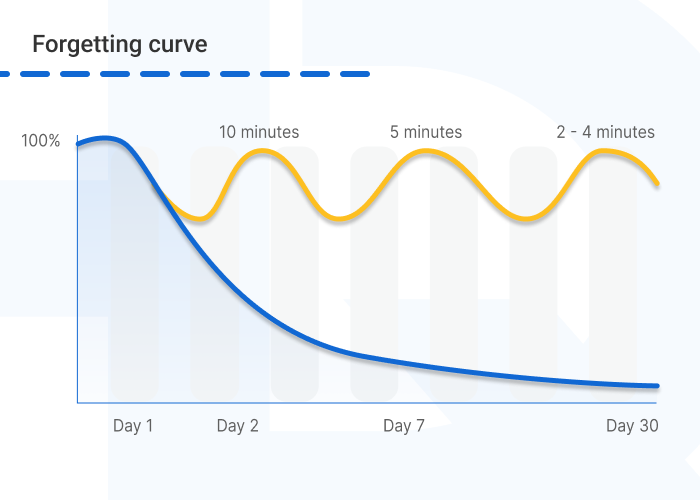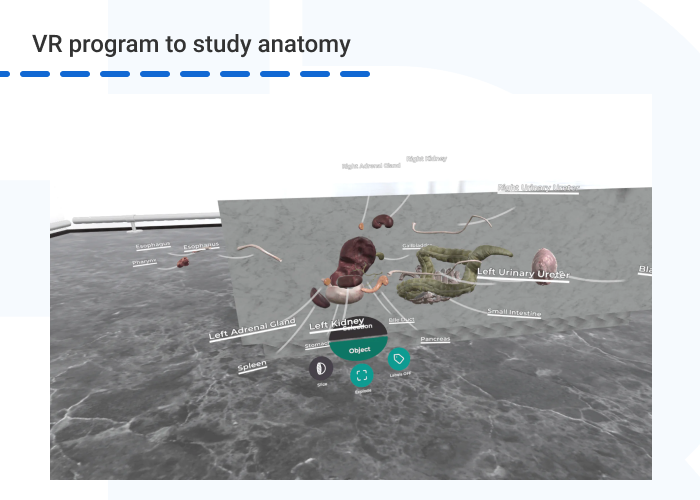Can Training Really be Effective for Employees in Multiple Locations?
Using Digital Training and Learning Tools
Limited access to training facilities, equipment, or materials makes it challenging to deliver consistent educational content to employees training across multiple locations. After numerous companies transitioned to remote work in 2020, this issue became even more urgent.
However, digital training and learning tools have emerged as a valuable way of addressing this issue. For instance, use of video calls has increased by 50% compared to pre-COVID-19 levels.
At HQSoftware, we have also observed a rising demand for remote engagement tools and training. For instance, we have created an e-learning video course for equipment diagnosis and VR occupational training to enhance employee proficiency in the aviation and automotive fields.
In this article, we have put together some techniques that can help you provide more effective training and development for international staff by embracing digital learning in your workplace.
Can Training Really be Effective for Employees in Multiple Locations?
Using Digital Training and Learning Tools
Training employees in multiple locations can work well if you employ advanced learning approaches instead of relying solely on the traditional methods conducted in physical classrooms. When learning is confined to a classroom setting, it’s difficult to provide:
To overcome these challenges, you can adopt a thoughtful and strategic learning approach that incorporates digital training and learning tools.
Without opportunities for hands-on practice and reinforcement, retention of information tends to drop over time. The “forgetting curve” suggests that we lose from 50% to 80% of learned information within a week.

By harnessing interactive and easily-accessible learning experiences with a digital training approach, each of your employees operating worldwide can experience equal opportunities to train, with a higher knowledge retention.
Digital training and learning tools provide several advantages, such as:
Overall, using digital tools in the workplace empowers you to meet the diverse learning needs of your company. But can training be effective in multiple locations simultaneously? To ensure the effectiveness of such training, it is essential to properly manage it.
Coordinating training sessions for international teams requires planning and established communication. Below are some tools for efficiently managing international teams training.
AR and VR training offer virtual meeting spaces where team members in different locations can join training sessions and engage in real-time discussions in a shared virtual environment.
VR provides a sense of presence by fully immersing the trainee in a digital world. By setting up VR video conferencing, trainers can deliver presentations, demonstrations, and interactive lessons to widely dispersed learners.
AR conferences let you showcase products and prototypes in a shared environment, which can be reviewed and analyzed collaboratively. By sharing the same models, teams can effectively work together to discuss ideas and give or receive feedback. This can minimize the likelihood of misunderstandings and find areas for improvement.
For instance, at HQSoftware we have developed a VR program for medical students to collaboratively study anatomy, conducting live lectures and sharing videos and pdf files.

By communicating in special virtual rooms, students can smoothly participate in medical classes from any part of the world, seamlessly interacting with other participants. In a working environment, this approach can be used, for example, to train interns or demonstrate new medical concepts.
E-learning platforms and learning management systems are digital tools that facilitate the creation and management of training programs. These platforms provide a virtual learning environment where learners can access educational resources, interact with instructors, complete assignments, and track their progress.
Companies can leverage these capabilities to tailor learning paths based on individual learner preferences, job requirements, or skill gaps. By structuring courses in a logical order, companies can ensure learners progress through a well-defined learning journey that builds on previous knowledge and skills.
We at HQSoftware have engineered this kind of an e-learning platform and performance tracking system. This learning solution empowers users to effectively train employees and monitor their progress and KPIs on PCs, tablets, and smartphones.
The system makes it possible to deliver different versions of the learning content to multiple groups simultaneously. By monitoring employee performance, companies can determine which version yields the best results.
With this convenient and feature-rich system, end-users reported 67% higher learning engagement.
How do modern businesses use AR to increase their revenues and outperform their industry competitors?

Mobile learning apps allow trainees to access educational content on their mobile devices or tablets.
Mobile learning apps often focus on delivering content in bite-sized formats, such as short lessons, quizzes, flashcards, or interactive modules. This approach enhances learner engagement and retention by breaking down complex concepts into easily digestible chunks.
With mobile learning apps, distributed teams can engage in learning activities when it best fits their schedule, accommodating different work arrangements and time constraints. On-demand access to a variety of training resources, such as videos, interactive modules, podcasts, and e-books ensures just-in-time knowledge enhancement.
Want to create an AR/VR solution to efficiently train employees? We’re ready to help!HQSoftware has a team of skilled professionals ready to tackle the project. Ask me!
Anna Halias
Business Development Manager
Virtual platforms are particularly useful when physical attendance is not possible. Participants from different locations can join the live session using their computers or mobile devices to actively engage in real-time discussions and learning activities led by the instructor.
Virtual classrooms allow companies to train a large number of participants simultaneously. Whether it’s a few dozen employees or hundreds of attendees, virtual platforms can handle the increased capacity.
Many virtual classrooms are integrated with LMS platforms, which provide functionalities such as course assignments, student assessment, grading systems, and progress tracking. Of the most popular virtual learning platforms, we would highlight Whereby and Agora.
These are just a few examples of tools available to help you overcome geographical barriers and coordinate training and development of your international staff. But when choosing software, be sure to consider factors such as your specific learning needs, the level of customization required, and the availability of support.
While solutions such as LMS and virtual classrooms have been widely utilized for the past decade, they primarily rely on conventional training methods to facilitate international employee training. To optimize their effectiveness, in terms of both ease of management and immersive experiences, a growing number of companies are now opting for AR/VR training in the workplace.
AR and VR implementation in your workplace can significantly increase the quality of distance communication, ensuring effective employee training and seamless business operations.
At HQSoftware, our team of educational design experts, 3D animators and AR/VR developers can engineer top-notch training solutions for you and even create customized training content from scratch.
Backed by years of experience designing powerful AR/VR applications, our team employs agile principles to create software tailored toward your unique training objectives.
Whether you need VR simulations to teach complex procedures or AR content to guide hands-on assembly, our professionals will work closely with you to understand your requirements and craft compelling digital learning experiences.
We are ready to provide you with a team of professionals and begin quickly engineering your AR/VR training solution. Contact us and schedule a call.

Educational Design Lead
A professional with over 20 years of experience in sales, marketing, and management across diverse industries, including education and consulting services. Adept at developing new educational products and services.
We are open to seeing your business needs and determining the best solution. Complete this form, and receive a free personalized proposal from your dedicated manager.

Sergei Vardomatski
Founder